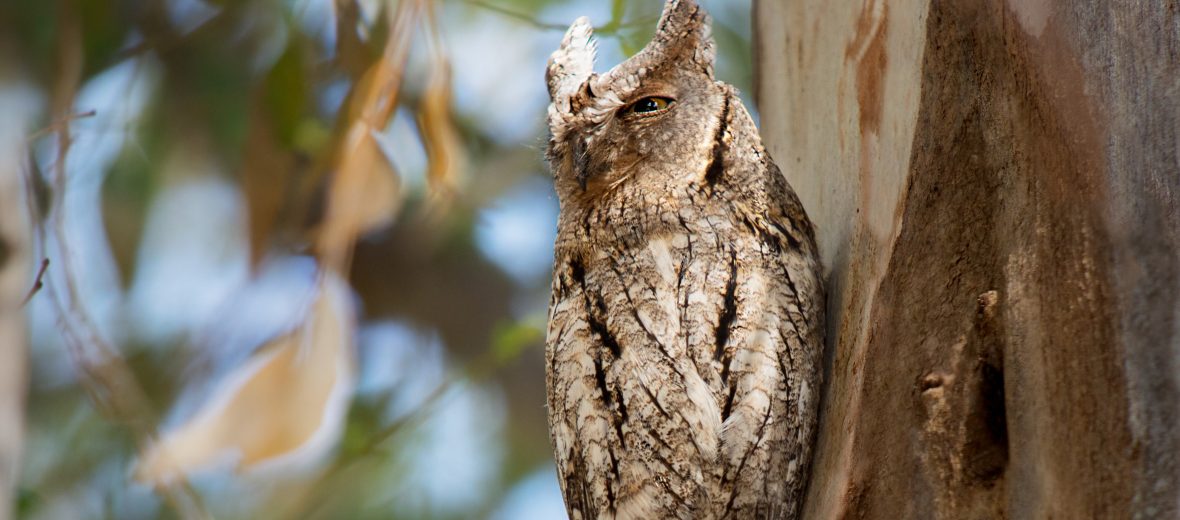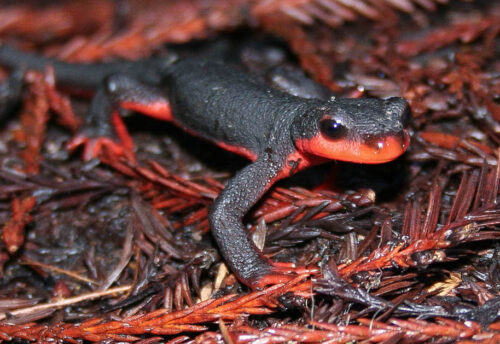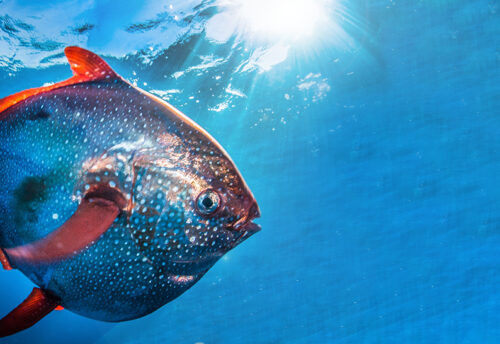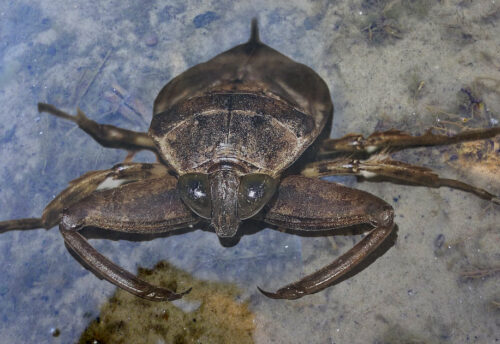
The Eurasian scops owl, aka European scops owl or scops owl, can be found from southern Europe eastward to southern Siberia, and over to the western Himalayas. Seeing as these birds are migratory, they can also be found in Africa, just south of the Sahara. Even though they face many threats, such as habitat destruction and loss at the hands of residential and commercial development, agriculture, logging, mining, ecosystem modifications, and roads (which result in land division and vehicle strike – being hit by vehicles); hunting; trapping; invasive species (and with them disease and competition for food); & pollution, these small owls are still listed as Least Concern by the IUCN. Their numbers are estimated to be up to 1,350,000. But these numbers are decreasing.
First the Stats…
Scientific name: Otus scops
Weight: Up to 3.2 ounces
Length: Up to 8.27 inches
Wingspan: Up to 25.20 inches
Lifespan: Up to 12.5 years
Now on to the Facts!
1.) Similar to the call of midwife toads, their call is a deep whistling sound. Both males and females produce this call.
2.) Like most other owls, these critters are nocturnal (active at night).
3.) Their preferred habitats are semi-open or open countrysides with a smattering of trees and small woods, rocky landscapes, cultivated areas with groupings of trees, parks, avenues of trees alongside roads, gardens with mature or old growth trees, Mediterranean scrublands, and garrigue (open shrubby vegetation).
4.) The preferred prey are moths, grasshoppers, cicadas, beetles, earthworms, spiders, geckos, frogs, small birds (like the great tit – Parus major), and mice.
5.) These are true owls in the family Strigidae.
But wait, there’s more on the Eurasian scops owl!
6.) Black rats are known to prey on their eggs.
7.) The nesting site is usually a tree hollow or hole in a building wall. They will also sometimes utilize abandoned crow nests.
Did you know…?
The Eurasian scops owl is among the smallest owl species in Europe. The smallest owl in Europe is the Eurasian pygmy owl.
8.) Females lay up to 5 eggs that hatch in up to 25 days.
9.) Only the female incubates the eggs, while the male brings her food.
10.) The chicks are reared by both parents and fledge at up to 29 days.
Now a Short Eurasian Scops Owl Video!
Be sure to share & comment below! Also, check out the Critter Science YouTube channel. Videos added regularly!
Want to suggest a critter for me to write about? Let me know here.
Some source material acquired from: Wikipedia & IUCN
Photo credit: Frank Vassen



